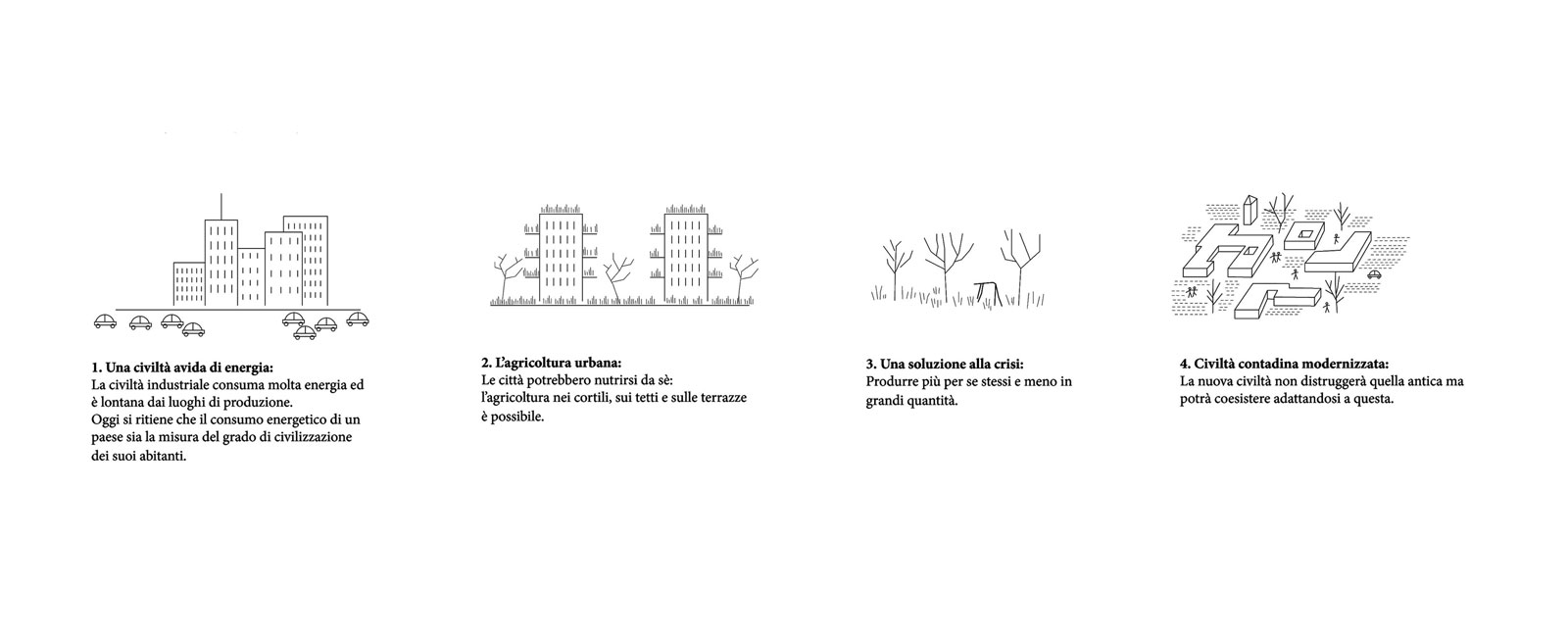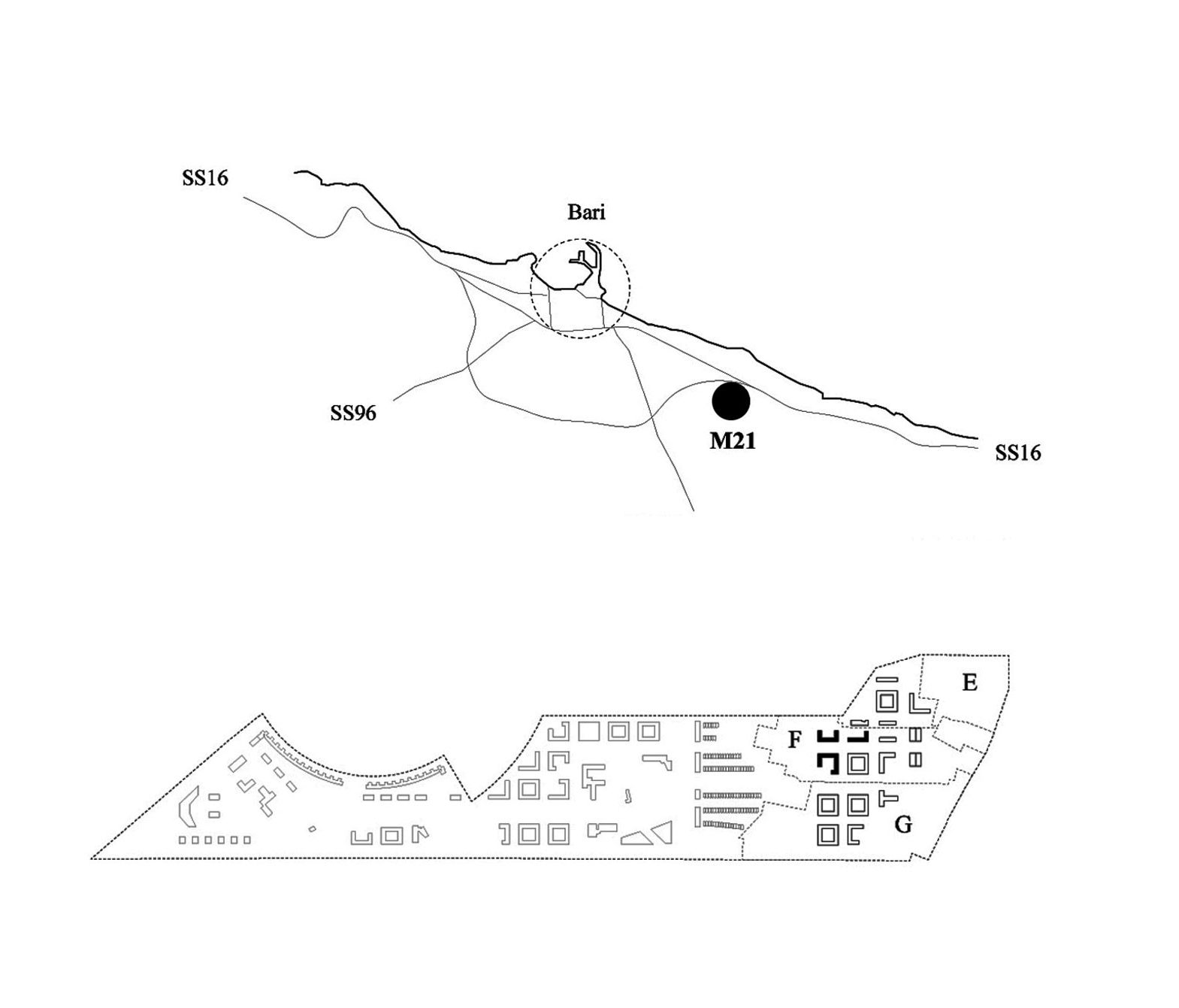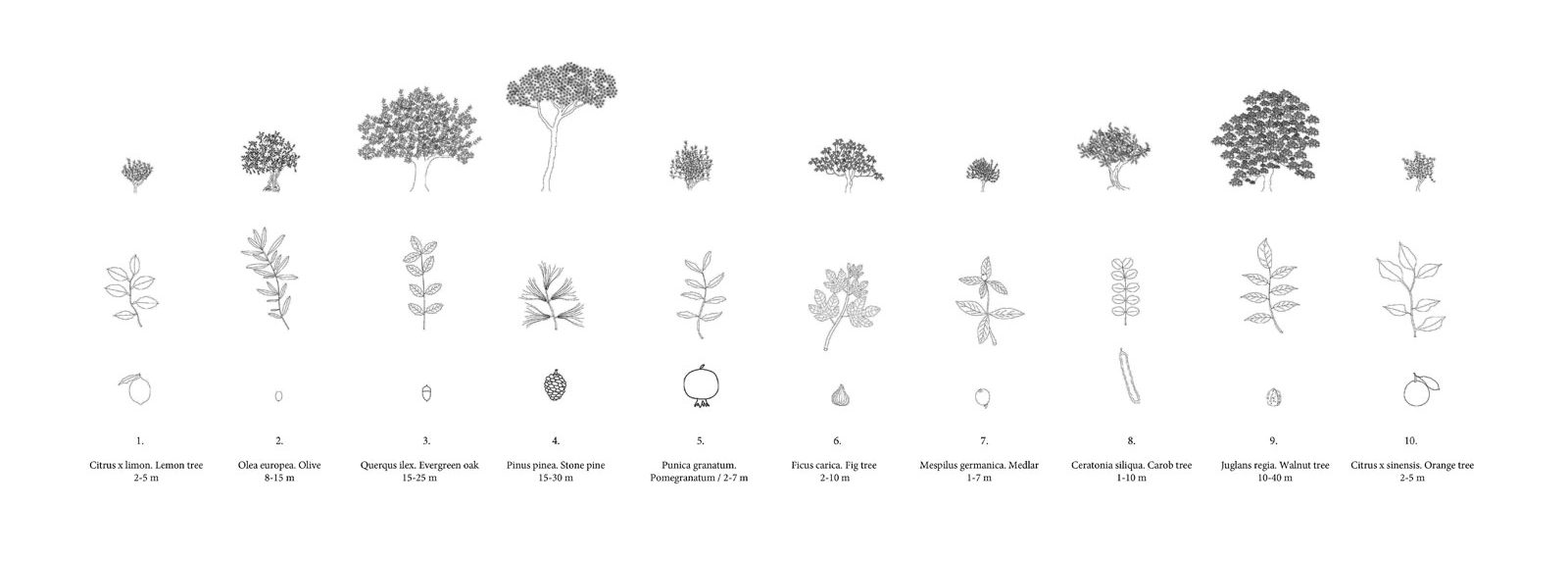
Joan Miró, “La Masia” 1921-1922
M21: A MODERNIZED FARMERS SOCIETY
National design competition: AAA Architetti Cercasi
Award: First Prize
Year: 2016
Site: Bari, Italy
Client: Confcooperative Federabitazione Nazionale, Fondosviluppo spa
Collaborators: F.Ferrante, G.D.Vulpio














